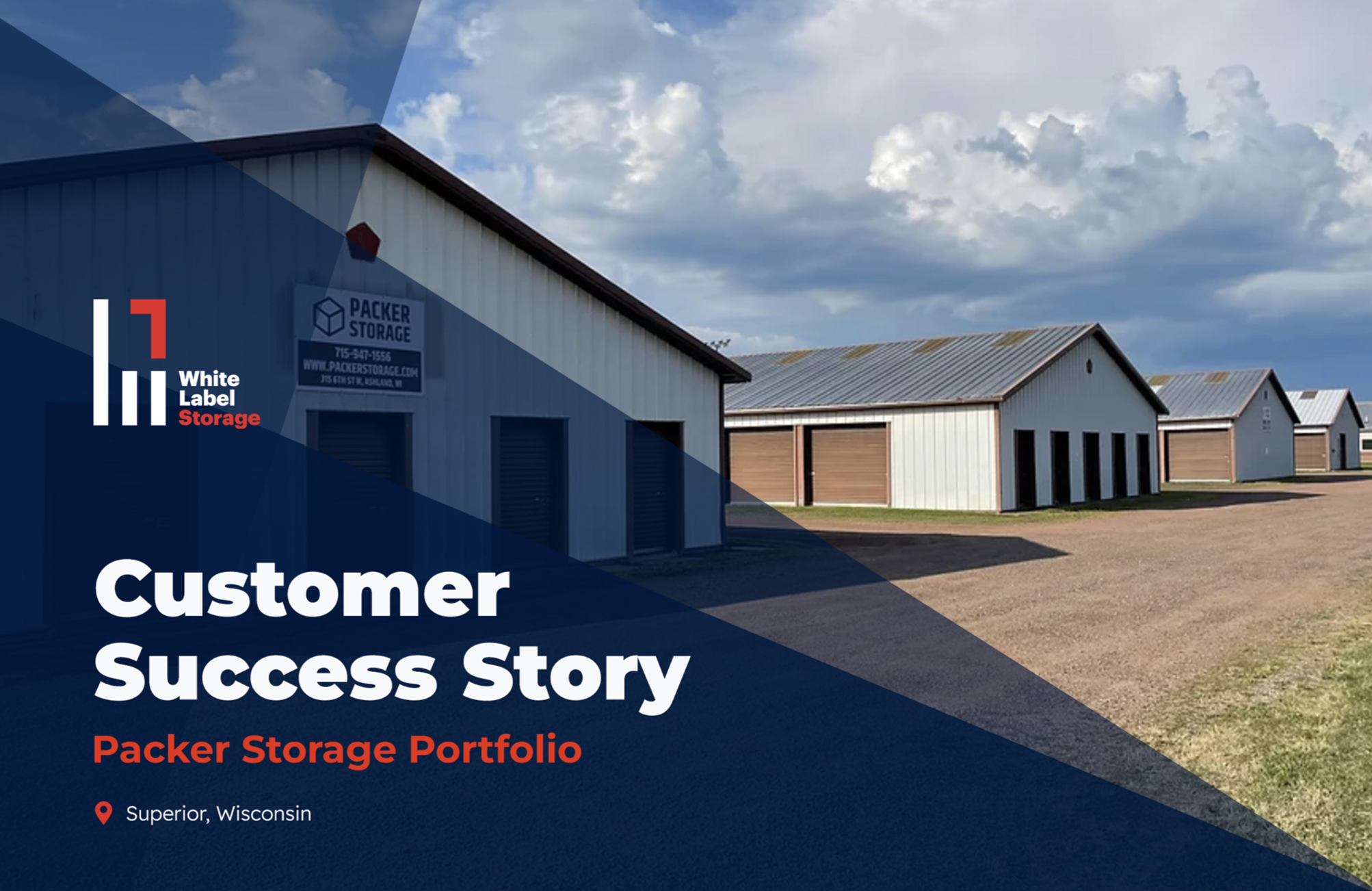Whether you’ve owned a self-storage facility for years or just purchased your first site, it’s important to always keep a pulse on how trends are shifting in your area. Are you near a college? Locker storage could be a great addition to your mix. Close to a retirement home? Bigger units like 10×10 or 10×20 might be a better option for your site. And at Janus International, the R3: Restore, Rebuild, Replace division specializes in facility remixing for owners who need to adapt their unit mix to changing market demands—whether you’re…
Category: Sponsored
The Hidden Cost of Underwriting: Why Accurate Books Matter More Than You Think
For most self-storage operators, bookkeeping feels like a chore. Leasing units and managing day-to-day operations always take priority. Then refinancing or a sale comes along, and suddenly, messy financials can quietly erase six figures from your property’s value. Many operators assume valuations hinge solely on Net Operating Income (NOI). Buyers and lenders are also evaluating the credibility of that NOI. When income and expenses aren’t clearly documented, they become a risk. That risk shows up through lower offers, tougher loan terms, or extended closing timelines. Take a simple example. Ten…
How Packer Storage Scaled from Two Facilities to Seven & Raised Revenue Portfolio-Wide
Adding new facilities to your portfolio is always exciting, but your operations need to be able to keep up. For Packer Storage, growth came with familiar operational challenges: limited staff capacity, inconsistent site operations from new facilities, and the complexity of modernizing and managing multiple facilities at the same time. The in-house team at Packer Storage did great work managing two facilities, but as the business started acquiring more sites, that model didn’t scale. The owner had acquisition opportunities he wanted to capitalize on, so he hired White Label Storage…
Valuing a Self-Storage Facility: 4 Proven Methods Every Owner Should Know
Understanding the true value of a self-storage facility is essential whether you’re planning to sell, buy, refinance, or simply want to know where your investment stands. Unlike residential real estate, valuing commercial properties like storage facilities requires a deeper look at income, expenses, and market conditions. Here are four key methods that professionals use to determine the value of a self-storage facility. 1. The Income Approach The Income Approach is the most common and practical method for valuing self-storage facilities. It’s based on how much income the property generates compared…
Beyond Occupancy: The 2 KPIs Every Operator Should Be Tracking
In self storage, performance isn’t just about occupancy. It’s about understanding how every marketing dollar, every sales call, and every rate adjustment contributes to long-term profitability. It’s standard to track asset-level metrics like occupancy, NOI, and cap rates. Those are vital for investors, but they don’t tell the whole story. The most successful operators utilize other KPIs, measuring customer-level performance metrics, specifically Lifetime Value (LTV) and Customer Acquisition Cost (CAC). Together, these KPIs form one of the most important ratios in modern self-storage management: LTV:CAC. Why LTV:CAC Matters in Self…
Reasons Why Owners Sell Their Self-Storage Facilities
The self-storage industry continues to attract investors because of its stability and strong returns. But even the most successful facility owners eventually decide it’s time to sell. The reasons vary widely—from personal life changes to strategic investment decisions. If you’re a self-storage owner, understanding the common motivations behind selling can help you evaluate whether now might be the right time for you. Here are the top five reasons owners choose to sell their facilities. 1. Retirement or Lifestyle Changes One of the most common reasons for selling is retirement. After…
Which Management Model Is Right for Your Facility?
Self storage is in the midst of a management model overhaul. From online booking to self service unit access, customers have come to expect a streamlined self storage experience. New technologies are enabling operators to meet those needs while also pushing them to ask fundamental questions about their operational models. In this post, we’ll cover the three main management models in use today: On-site Remote Hybrid Each of these approaches has its strengths, so we’ll break down which model works best for which types of facilities. What Is On-Site Self-Storage…
How to Find Off-Market Self-Storage Deals
In today’s competitive market, the best self-storage deals don’t always show up on social media platforms, or even in your inbox. Some of the most profitable opportunities are off-market properties—facilities that change hands quietly without ever being widely advertised. Why chase off-market deals? The answer is simple: less competition, better pricing, and more upside potential. But uncovering these hidden opportunities takes strategy and persistence. Here are five proven ways to find off-market self-storage investments. 1. Build Relationships With Active Brokers Top-producing brokers often know about deals before they ever hit…
Flight To Quality
Self-storage investors are currently enjoying a rapidly rising stock market and surprisingly very stable debt market, albeit at elevated interest rates to the Covid era, but by historical standards, in line with the 30-year averages. However, it is clear that there is a bifurcation in the investment market with Class A, major market properties commanding a premium valuation and still historically low cap rates, while secondary and tertiary market properties struggle to find buyers. Willing and able buyers, in turn, are expecting widely expanded valuations and meaningfully higher cap rates.…
3 to 10: The Magic Number for the Next Wave of Storage Acquisitions
Institutional buyers are zeroing in on mid-sized portfolios that deliver scale, efficiency, and stronger returns, making owners with 3–10 facilities the most sought-after players in today’s market. Over the past decade, institutional capital has poured into the self-storage sector, driving record-breaking valuations and cap rate compression. But as the market matures and competition tightens, the focus has begun to shift. Large institutions are no longer chasing only the massive, multi-state portfolios; many are now setting their sights on mid-sized groups of 3 to 10 facilities. Why Mid-Sized Portfolios Stand Out…










